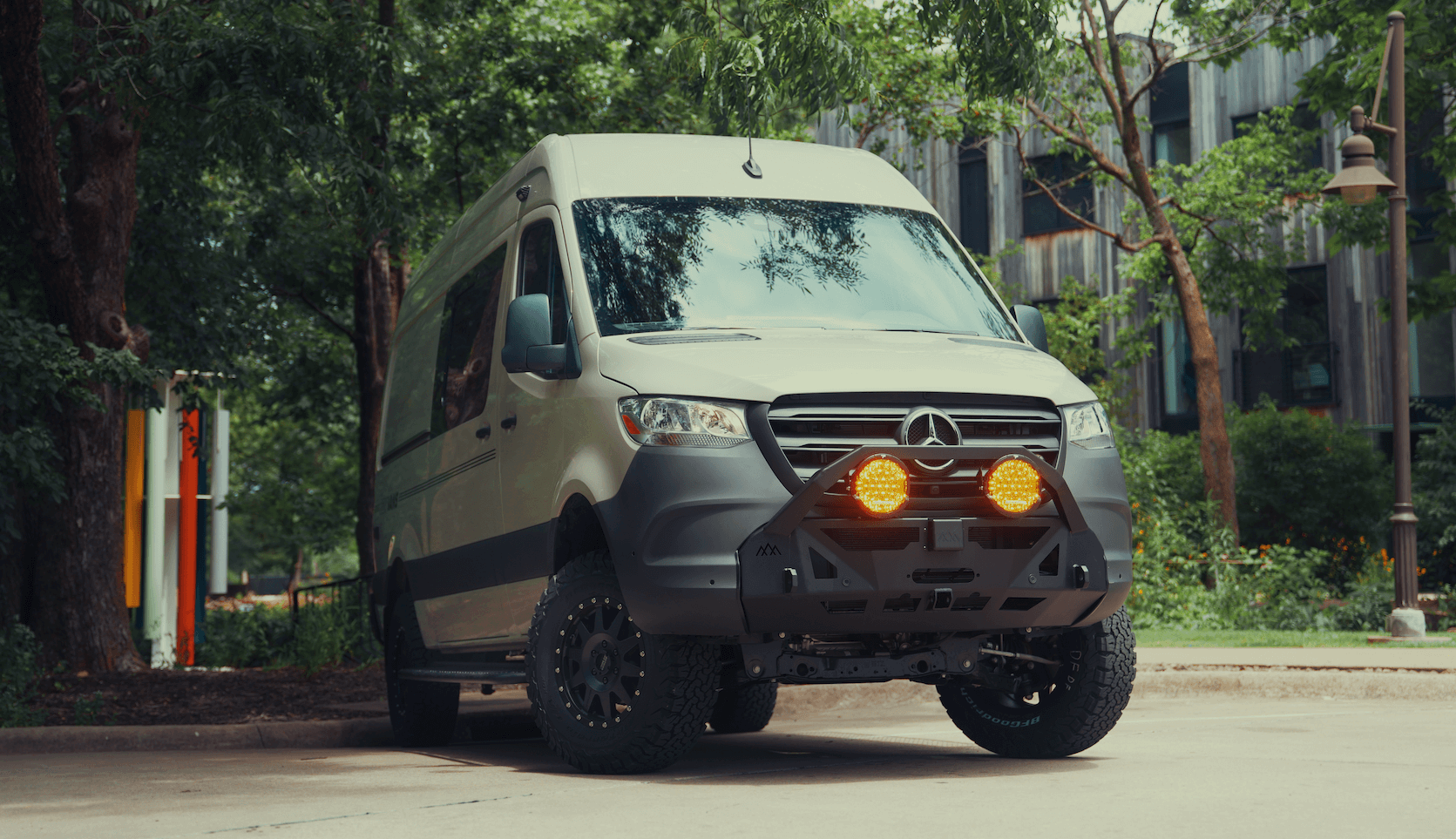Recreational Vans

What you spend on a camper van water system comes down to scope. The parts for a basic cold water layout usually run 800 to 2000. That covers a small fresh tank, compact pump with accumulator, PEX or reinforced vinyl lines, a faucet, a strainer, and a modest grey tank with venting. Step up to hot water and an indoor shower and your parts bill can reach 2500 to 6000 as you add a heater, mixing valve, shower hardware, waterproofing, and more plumbing.
Here is a practical breakdown of common components and typical price ranges for parts only:
Labor costs vary with scope, van model, and finish level. A straightforward cold water system without hot water or shower may take 15 to 25 hours. At shop rates of 100 to 180 per hour, that is 1500 to 4500. Full hot water systems with interior shower, waterproofing, panel fabrication, and clean routing often need 35 to 60 hours, or 4000 to 9000 in labor. Custom metal brackets, tank cradles, cabinetry mods, and sound or thermal isolation add time.
Several variables move the final number more than you would think:
A water system does not stand alone. The pump needs clean 12 volt power and the heater may require both fuel integration and electrical supply. If you add an electric heater, budget for battery capacity and inverter headroom. Many builders plan an extra 500 to 2000 for electrical upgrades that support water heating and pumping.
Cold climate use introduces heat pads for tanks, thermostats, insulation sleeves, and interior routing of lines away from van skins. Expect 250 to 800 in parts and several hours of labor to protect lines, valves, and filters. In subfreezing travel, design choices like recirculation loops and drain downs can prevent repairs later.
Choosing quality pumps, stainless fittings where needed, and PEX with proper support reduces leaks and noise. Service loops, unions, and access panels make future maintenance quicker, which lowers lifetime cost. A few extra dollars in clamps, sealants, and mounts go a long way.
Start with daily water use. Many travelers consume 3 to 5 gallons per person per day without long showers. That figure sets your tank size and refilling cadence. Match the heater to your energy system and climate. Keep a line item for filters, sanitizing products, and annual replacements. Over a year, expect 60 to 200 for filter media and maintenance items.
Hitting the right balance means the system is quiet, dependable, easy to winterize, and simple to service.
OZK Customs designs and installs complete van water systems with clean routing, quiet operation, and freeze smart details built for real travel. Explore our Recreational vans to see how water, power, and layout work together. If you want a ground up build that includes hot water and a shower, our Custom van build approach aligns plumbing, cabinetry, and electrical from day one. Looking for a finance friendly platform path. See Mainstream vans for package based options that still deliver dependable water on the road.
Tell us how you camp, how many people you travel with, and your climate goals. We will specify the right tanks, pump, heater, and freeze protection, then install it with clean lines and service access. Fill out the form and let OZK turn the question how much does van plumbing cost into a clear plan and a finished system that lasts.
Ready for reliable water on the road without guesswork or leaks. Tell us how you travel and we will design and install a van plumbing system that fits your budget, power profile, and season. Request your build consult now and let OZK turn running water into one less thing to worry about.
ADDRESS:
6159 E Huntsville Rd, Fayetteville, AR 72701
PHONE:
(479) 326-9200
EMAIL:
info@ozkvans.com